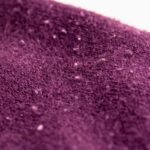We all like our clothes to smell good, and along with removing dirt it’s one of the main reasons we like to wash our laundry regularly.
But what if our washing doesn’t smell as fresh as we’d like it to when we take it out of the machine?
It can be very disappointing to go the trouble of washing your laundry only for it to come out smelling stale or damp.
There are several factors that can lead to our clothes not smelling as pleasant as they should, but fortunately there are also lots of ways to get our washing smelling great again.
Why Are Freshly Washed Clothes Smelly?
1. Using the wrong amount of detergent

It’s really important to use the correct amount of detergent for your wash, but this doesn’t mean using more detergent.
In fact, if you use too much then a layer of foam can form in your wash holding bacteria and dirt, and potentially cause an unpleasant odour.
If you don’t use enough detergent, then your clothes won’t be cleaned well enough and may still smell after the washing cycle finishes.
One solution to this problem is to use a dosing ball or measuring scoop to make sure you use the correct amount of detergent for each wash, or try using washing tablets or liquid capsules.
You should also be careful not to overload your washing machine with laundry if you’re trying to get your clothes smelling really fresh – there simply isn’t enough room for the clothes to move around and get clean, and the detergent won’t be able to work as effectively.
2. Not washing at the right temperature
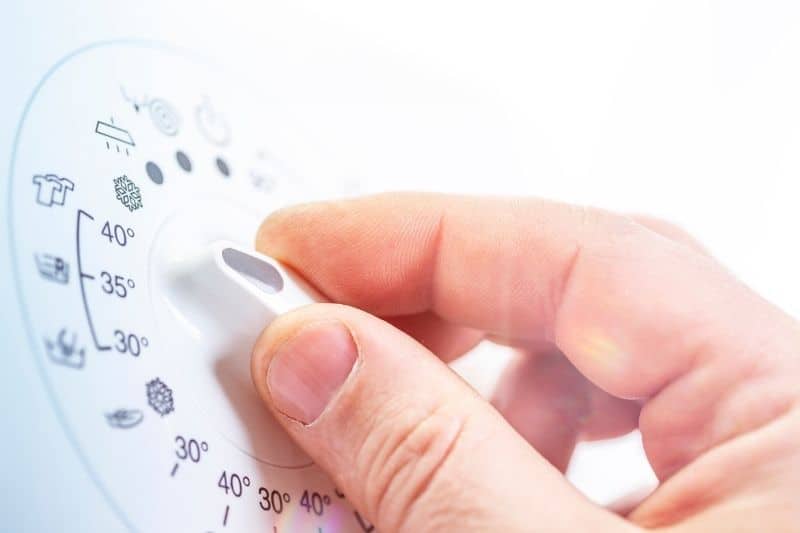
The reason our clothes can smell once we’ve worn them is due to the accumulation of bacteria on them.
Washing at higher temperatures of 60°C or above can kill these odour-causing bacteria, resulting in fresher-smelling clothes.
Since many of us use cooler temperatures of 30 or 40°C for every wash, this allows bacteria to accumulate on your clothes.
Although washing at high temperatures isn’t recommended for more delicate laundry items and certainly isn’t the most ecological approach, it may be worth washing particularly smelly clothes at higher temperatures at least occasionally to eliminate bad odours.
3. Forgetting about damp laundry

With our busy lifestyles, it’s sometimes easy to forget about a load of washing we did earlier and leave it sitting in the machine.
However, a dark and damp environment can mean perfect conditions for mould and bacteria to form, resulting in musty and unpleasant smells.
It’s always best to move your clothes straight from the washing machine to the tumble dryer or outside on your washing line as quickly as you can – you could try setting an alarm as a handy reminder for when your washing finishes.
Prevent Smelly Clothes – How to Clean and Maintain Your Washing Machine
One of the main causes of stale-smelling laundry is often the washing machine itself. Washing machines deal with dirty, smelly clothes on a regular basis, and because they’re constantly warm and damp, mildew can also form leaving an unpleasant musty smell on clothes.
The good news is, it’s easy to keep your washing machine clean and mould free with some basic maintenance, and you don’t even need to buy any special cleaning products.
Just follow these simple steps and you should have a fresh-smelling washing machine and fragrant clothes too.
Run a hot maintenance wash

Most of us now wash our clothes at 40°C or less to save money and help the environment, however lower temperatures aren’t effective at cleaning the mould and bacteria that can build up in our washing machines.
For this reason, it’s recommended that you run a hot wash cycle once a month with no laundry in the machine.
Many washing machine manufacturers now recommend a particular cycle for cleaning your appliance, and some machines even have a special drum-cleaning program.
You could also try running a hot wash with a small amount of clear vinegar or soda crystals to help get your machine really clean, then run a second wash to remove any vinegar or detergent residue.
Clean the door seal

Washing machine door seals are often full of mould and bacteria. It’s a good idea to wipe the rubber seal after each wash to help stop bacteria and mould building up.
Mould and bacteria can sink into the porous rubber of the seal, making it impossible to remove – if this has already happened to your machine then you may prefer to replace the seal altogether.
It’s also a good idea to leave your washing machine door open after each wash to help prevent mould and bacteria thriving in the warm, dark conditions inside the machine.
Clean the detergent drawer
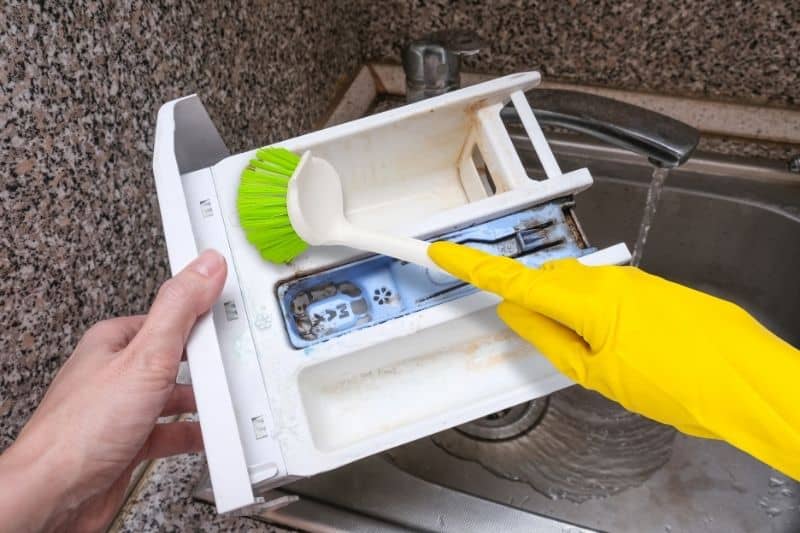
The washing machine detergent drawer is another place where bad-smelling bacteria and mould can form easily. Clean the drawer using a damp cloth and hot water, and use an old toothbrush to remove residue from tricky-to-reach parts.
Checking for blockages
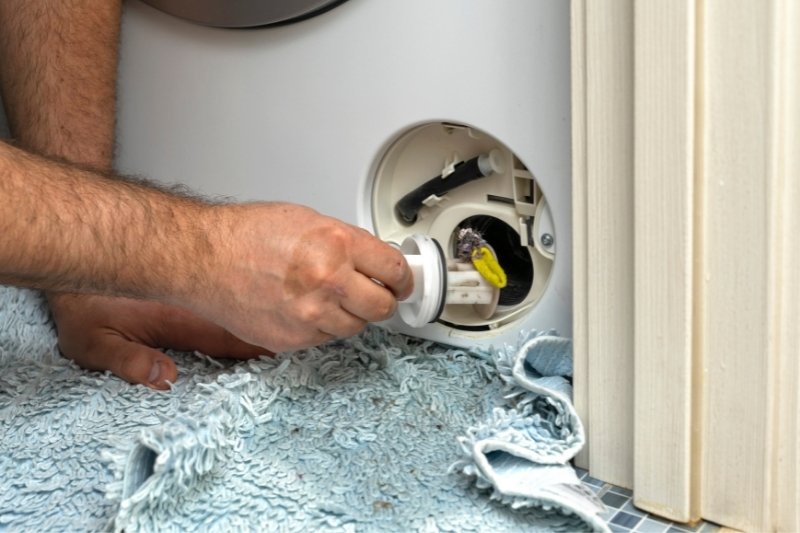
Washing machine filters can get clogged easily, so it’s a good idea to remove and clean them regularly by following the manufacturer’s instructions.
Blockages in the standpipe can also cause bad odours, so if you’ve performed all other cleaning and maintenance for your machine then it might be worth using a drain unblocker to clean the pipe.
Other mechanical faults can also cause bad odours, such as the corrosion of aluminium parts, and if you suspect this is the case then it’s best to seek professional advice.
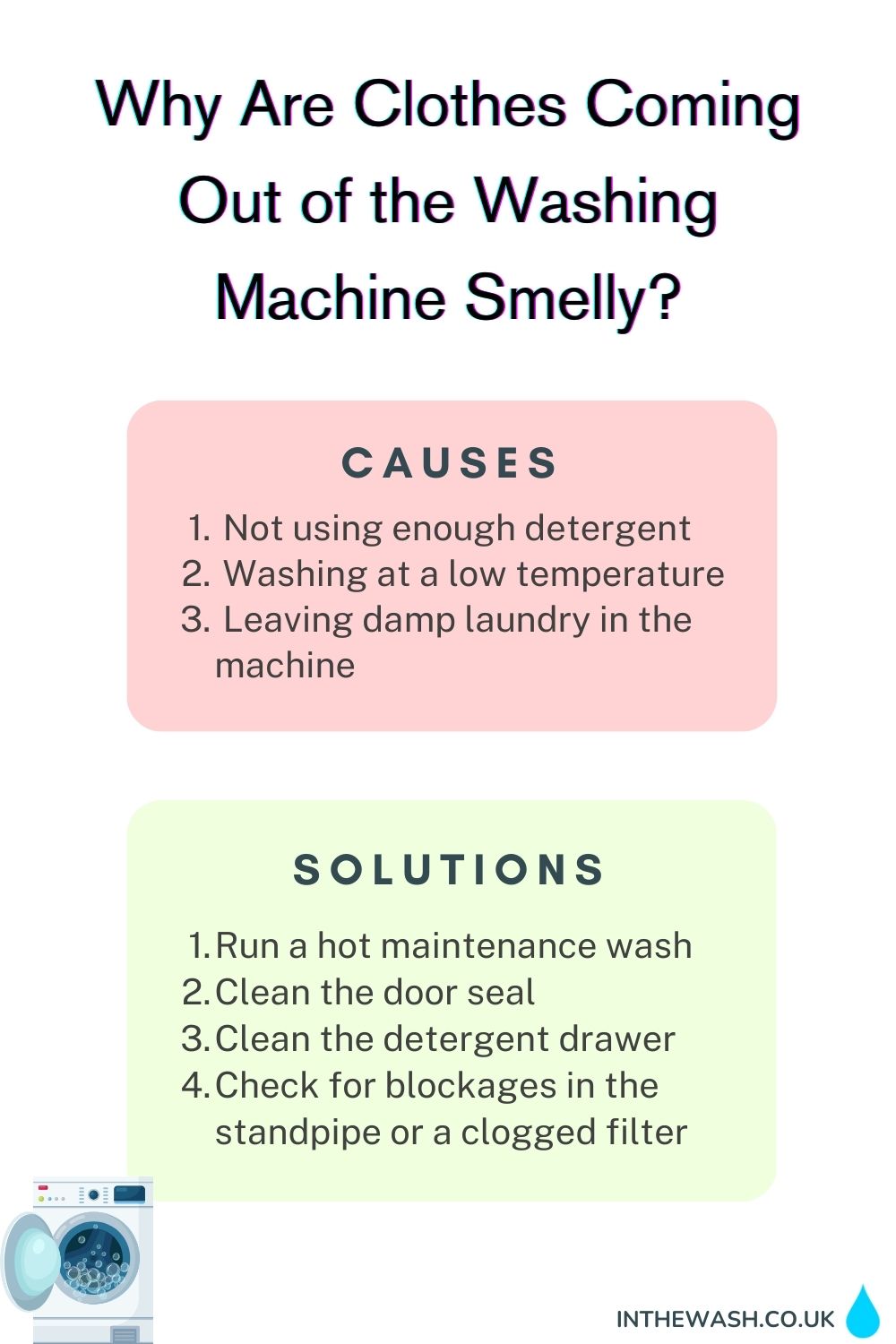

In The Wash is your guide to the best laundry and cleaning products, tips and tricks. Our mission is to solve the UK’s cleaning and laundry dilemmas!






